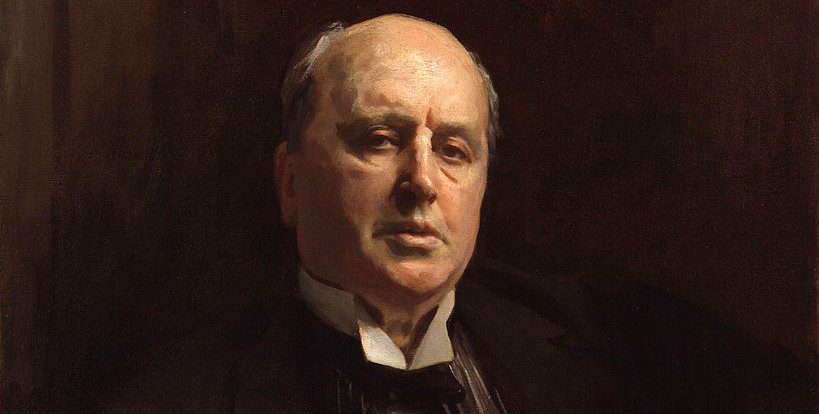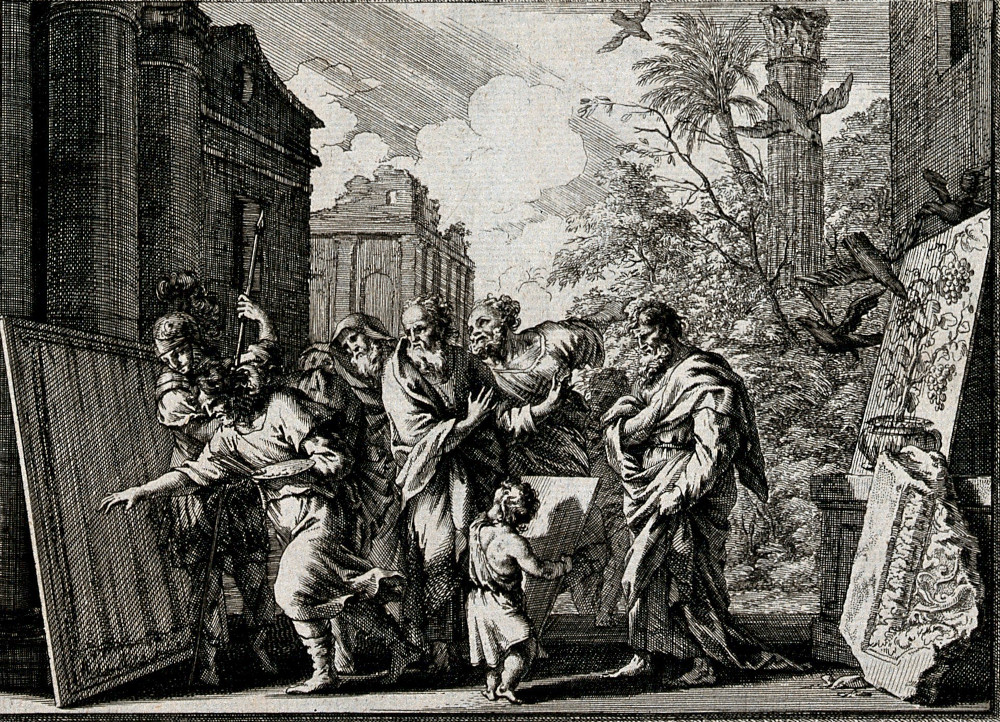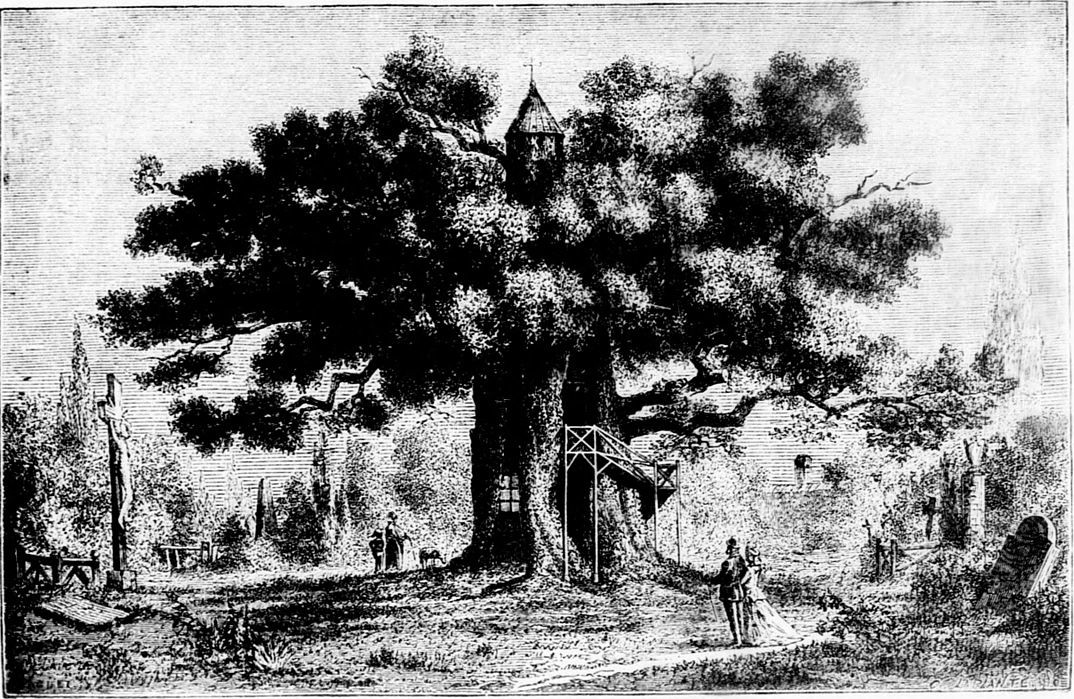
In 2005 Yale psychologists Deena Skolnick and Paul Bloom asked children and adults about the beliefs of fictional characters regarding other characters — both those that exist in the same world, such as Batman and Robin, and those that inhabit different worlds, such as Batman and SpongeBob SquarePants.
They found that while both adults and young children distinguish these two types of relationships, young children “often claim that Batman thinks that Robin is make-believe.”
“This is a surprising result; it seems unlikely that children really believe that Batman thinks Robin is not real,” they wrote. “If they did, they should find stories with these characters incomprehensible.”
One possible explanation is that young children can find it hard to take a character’s perspective, and so might have been answering from their own point of view rather than Batman’s. In a second study, kids acknowledged that characters from the same world can act on each other.
But this is a complex topic even for grownups. “James Bond inhabits a world quite similar to our own, and so his beliefs should resemble those of a real person. Like us, he should think Cinderella is make-believe. On the other hand, Cinderella inhabits a world that is sufficiently dissimilar to our own that its inhabitants should not share many of our beliefs. Our intuition, then, is that Cinderella should not believe that James Bond is make-believe; she should have no views about him at all.”
(Deena Skolnick and Paul Bloom, “What Does Batman Think About Spongebob? Children’s Understanding of the Fantasy/Fantasy Distinction,” Cognition 101:1 [2006], B9-B18. See Author!, Truth and Fiction, and Split Decision.)








